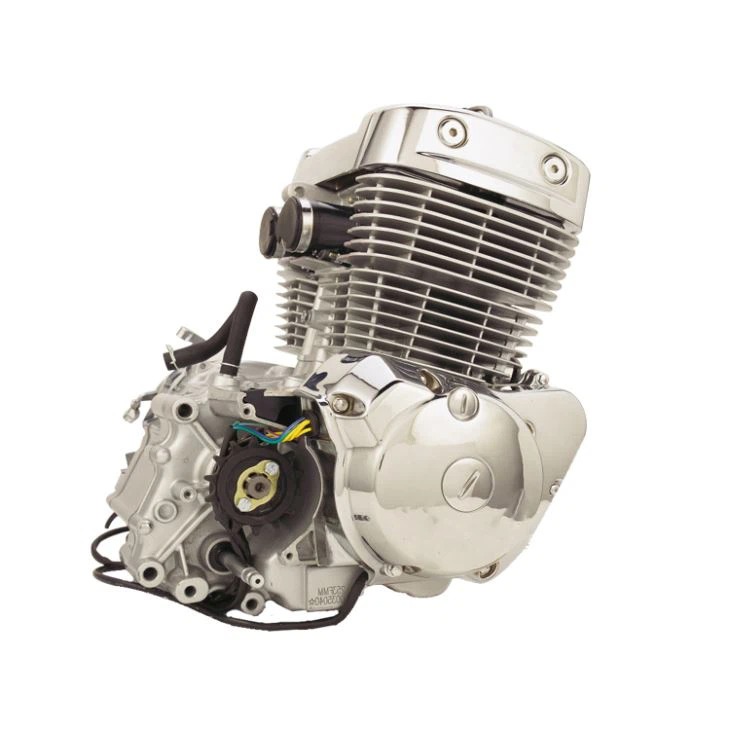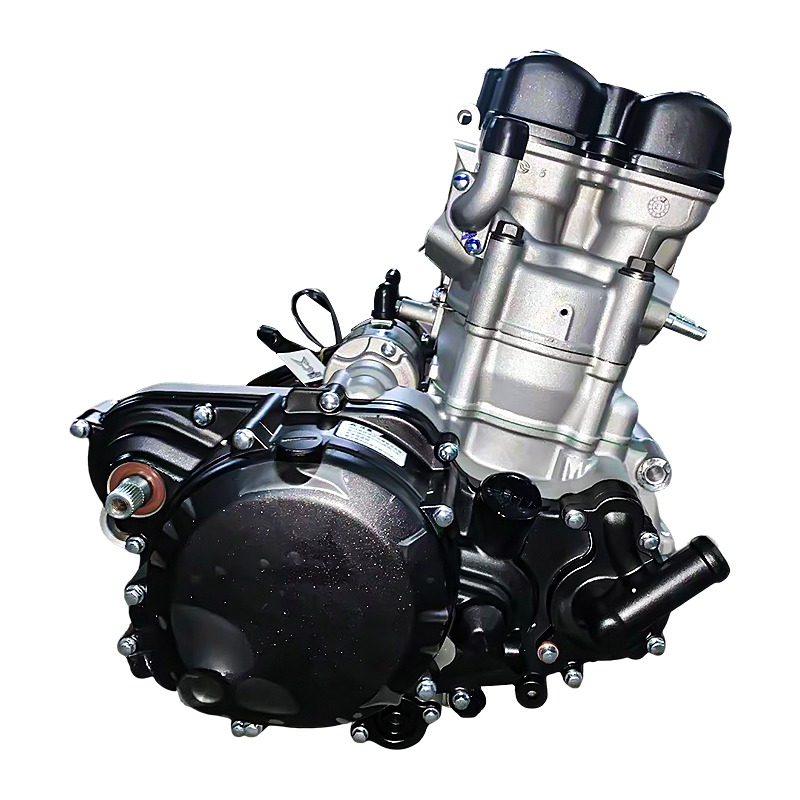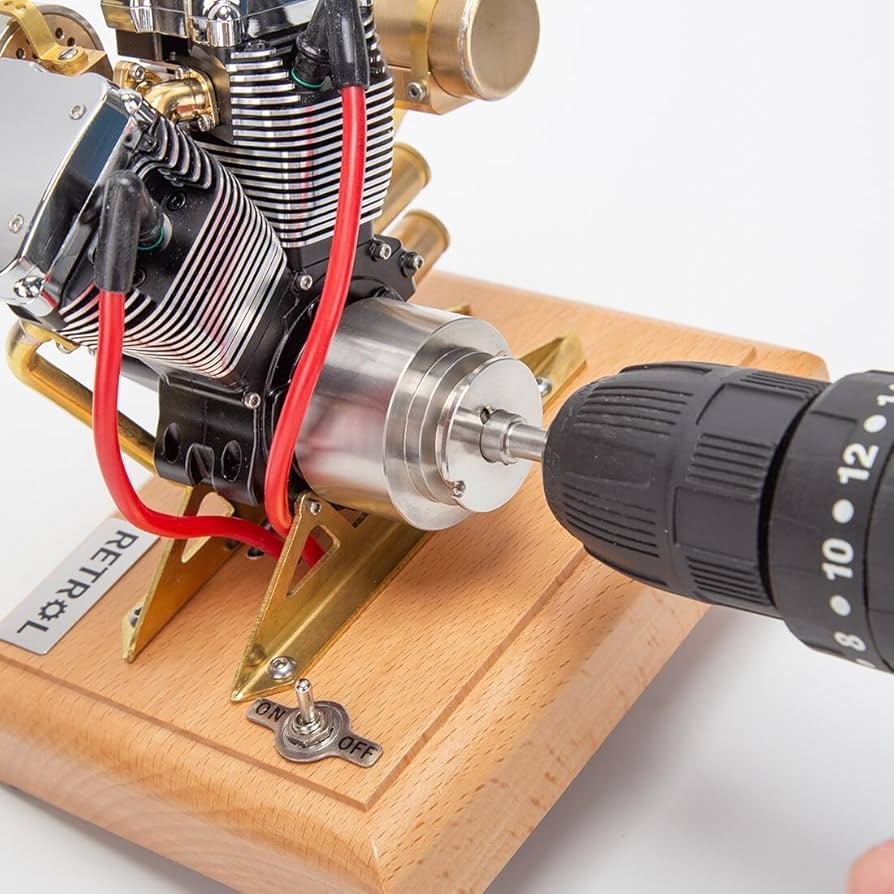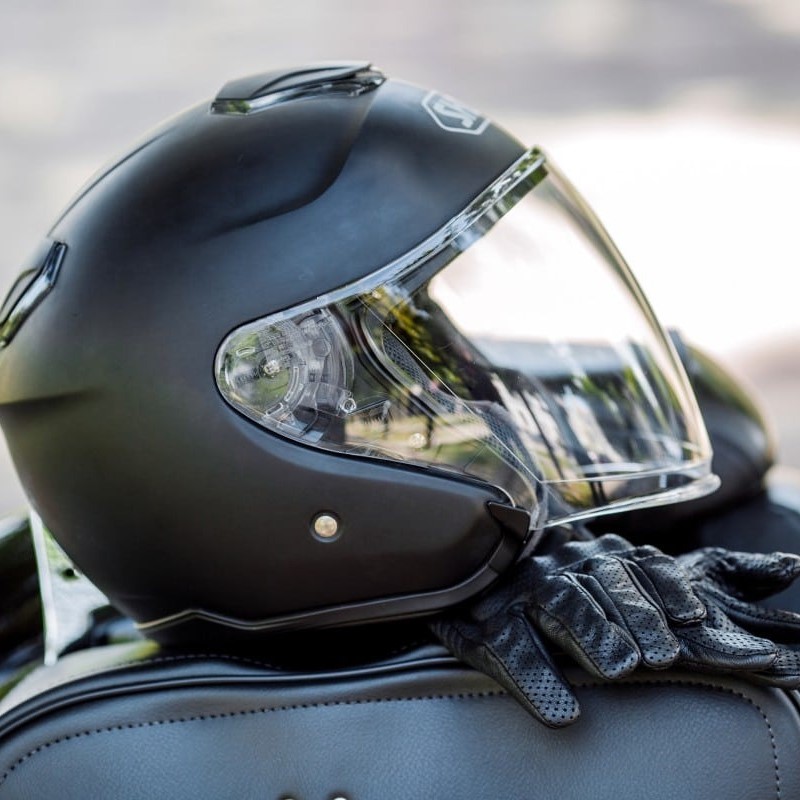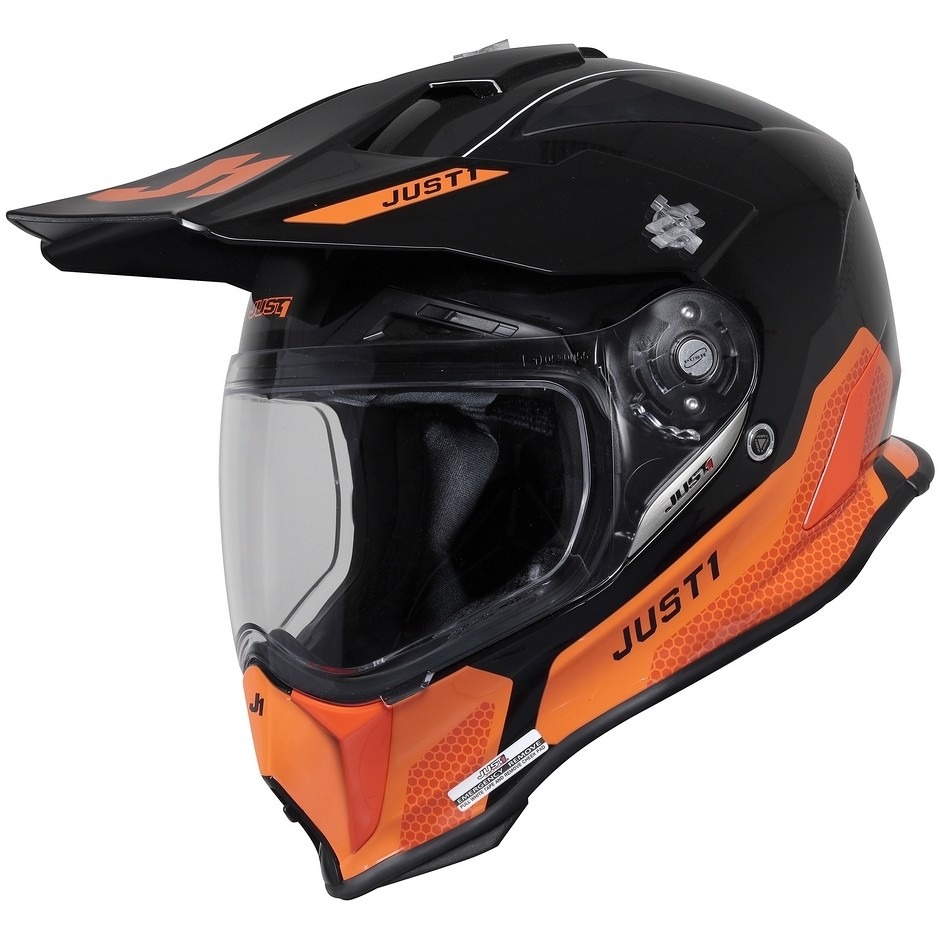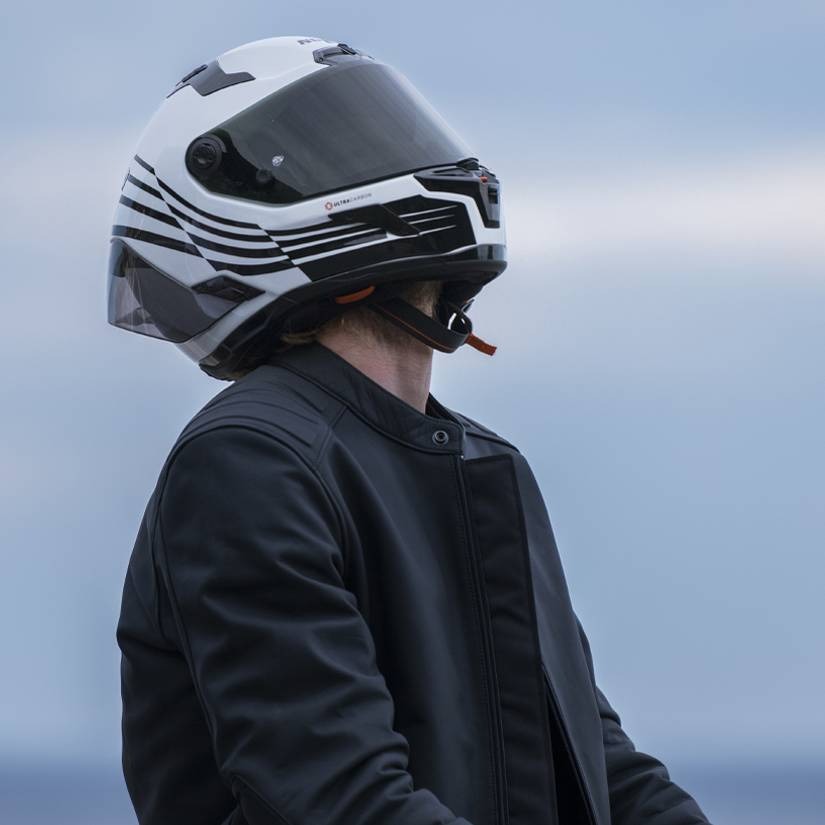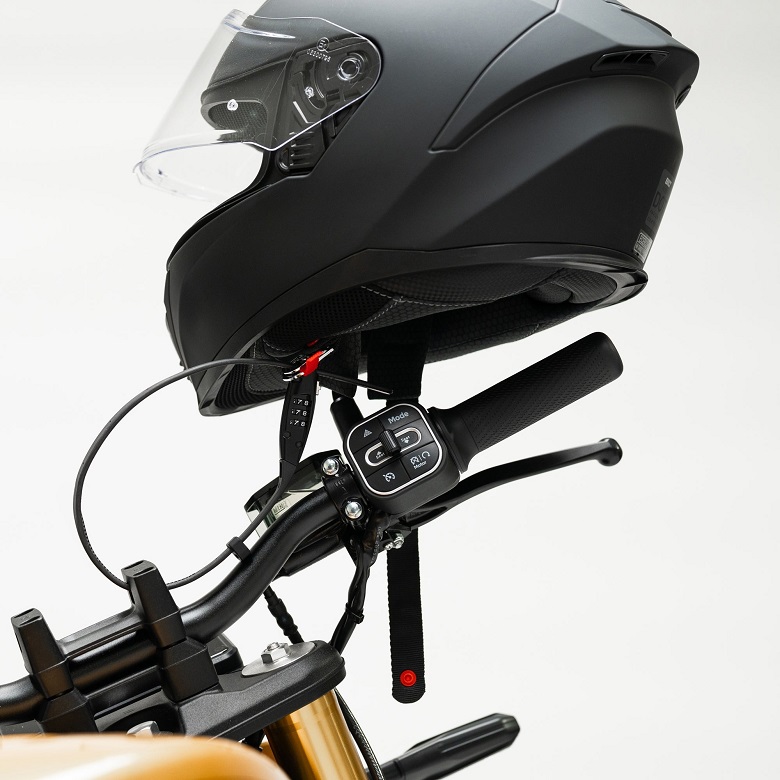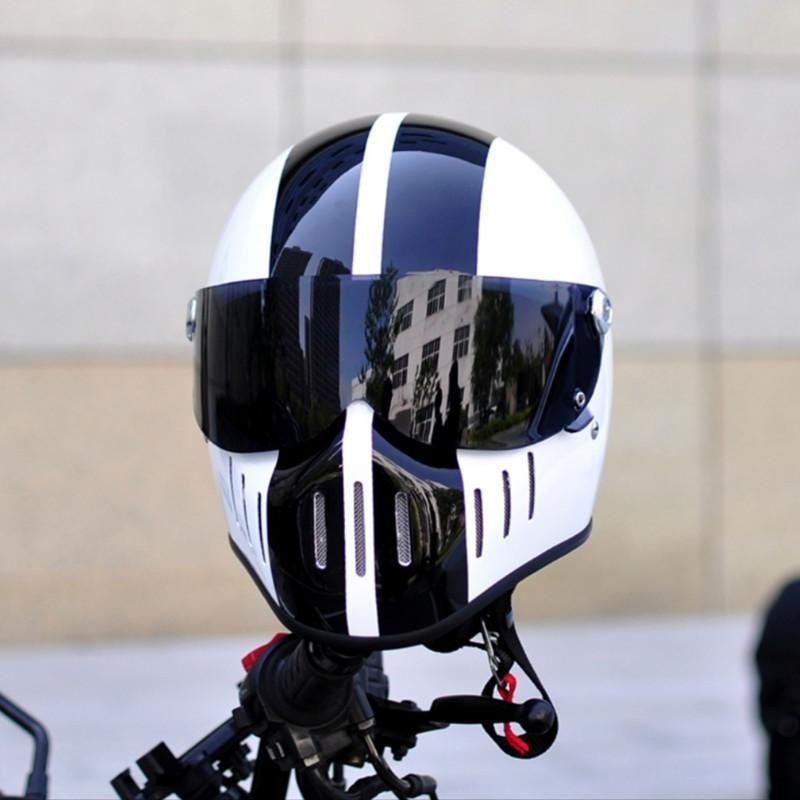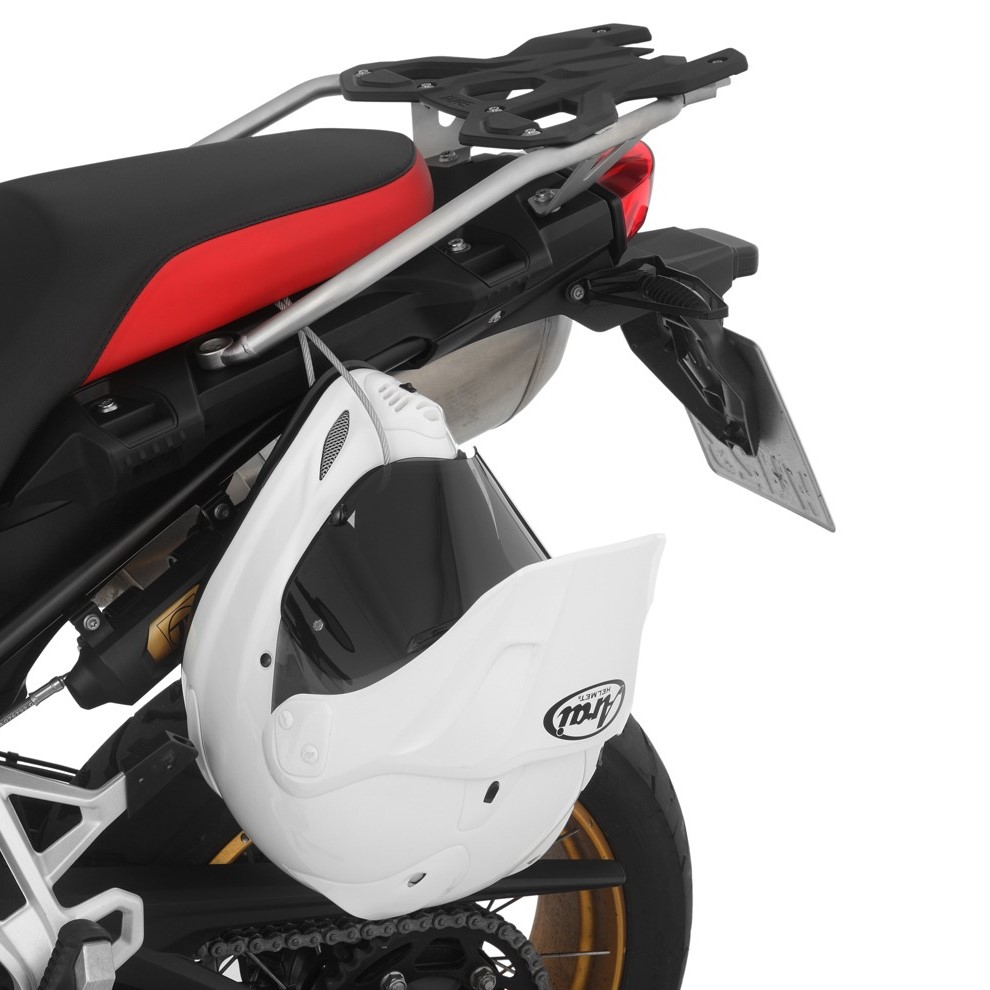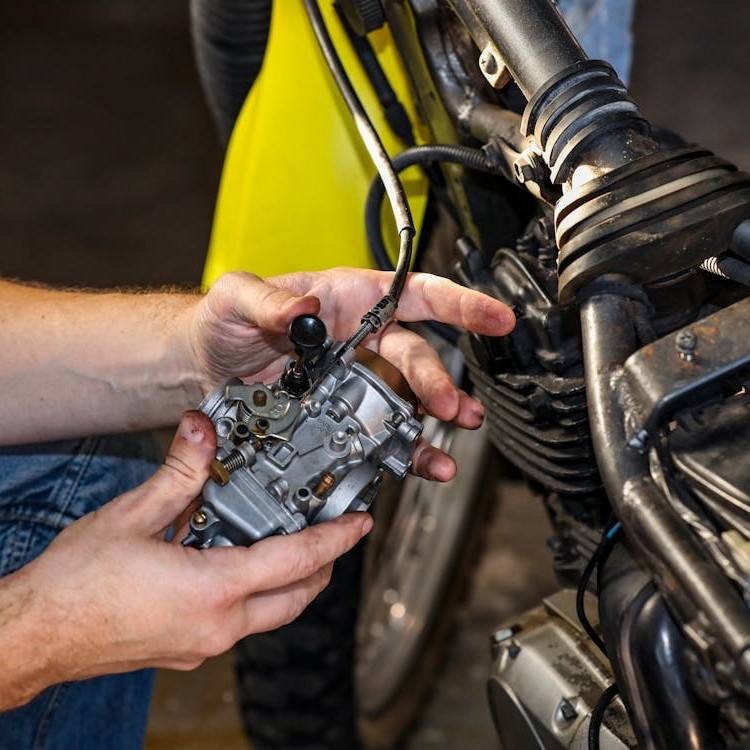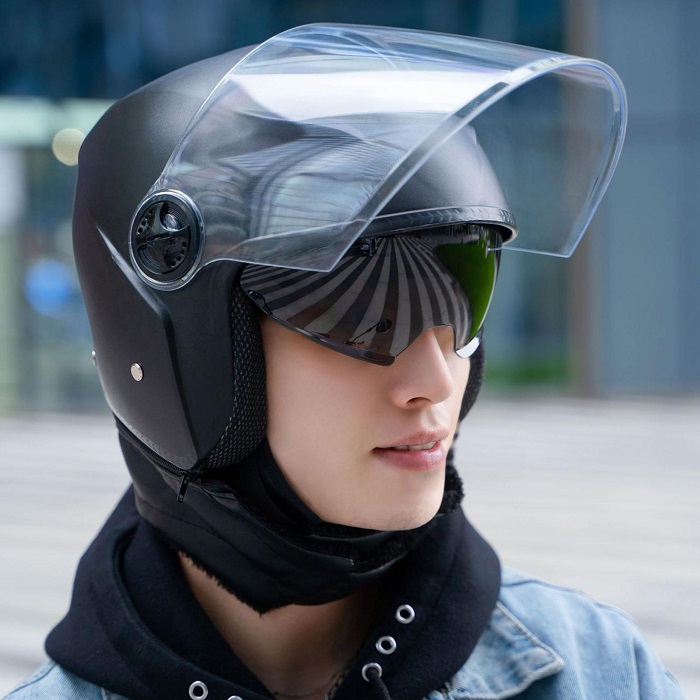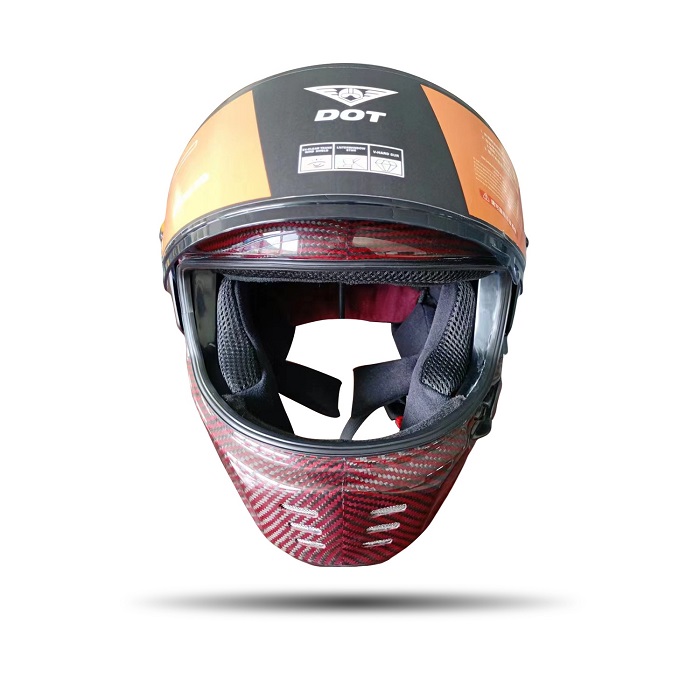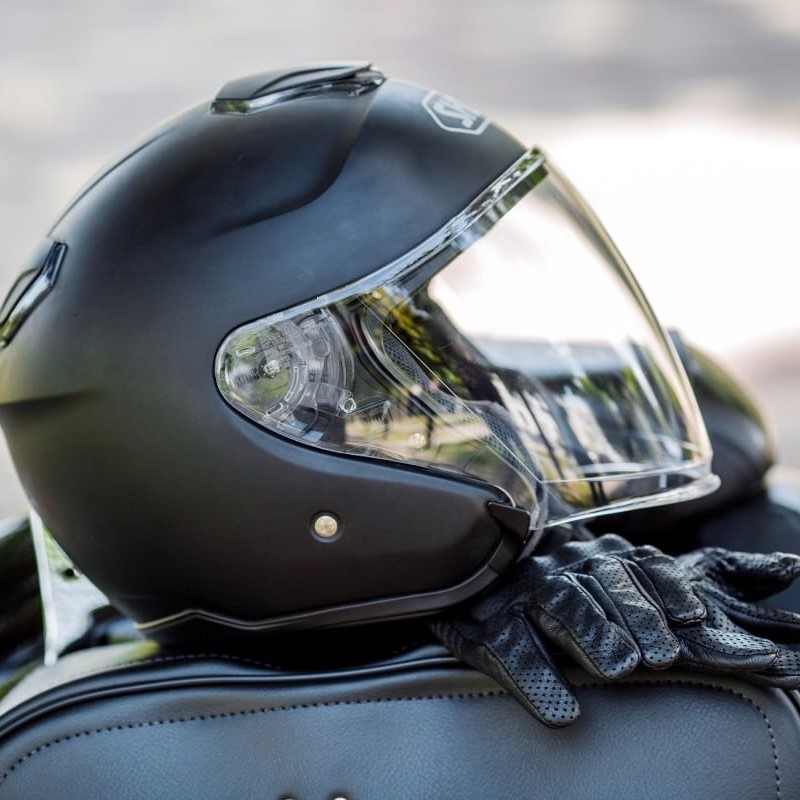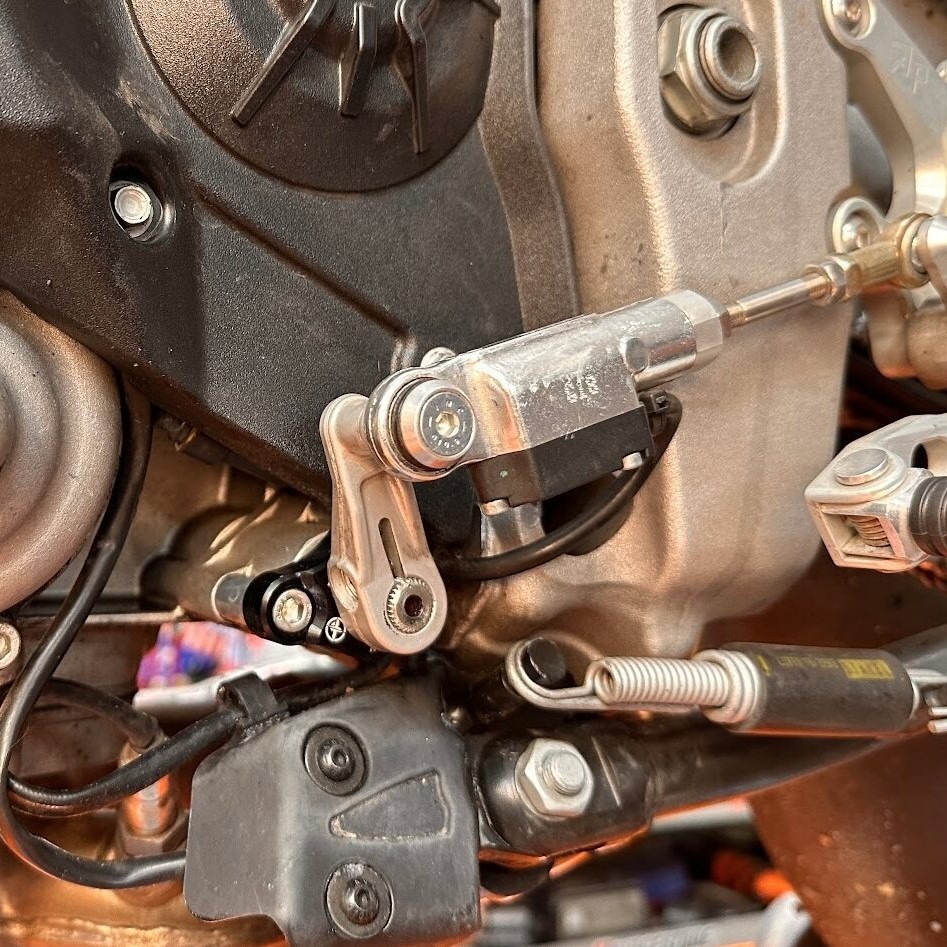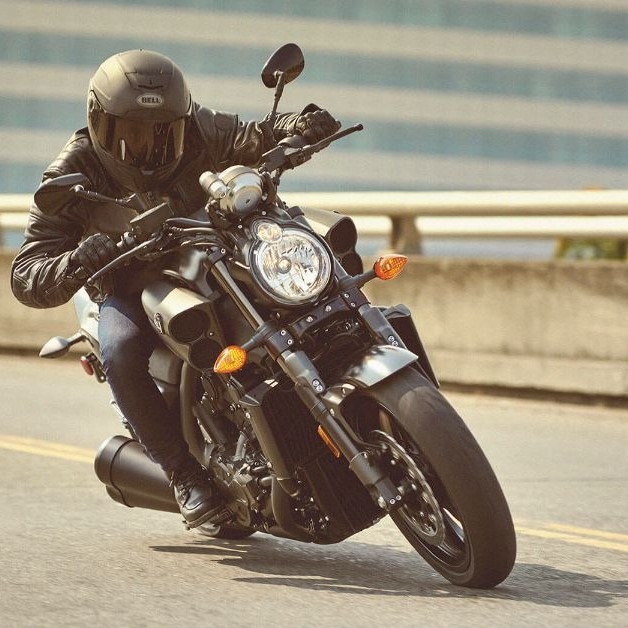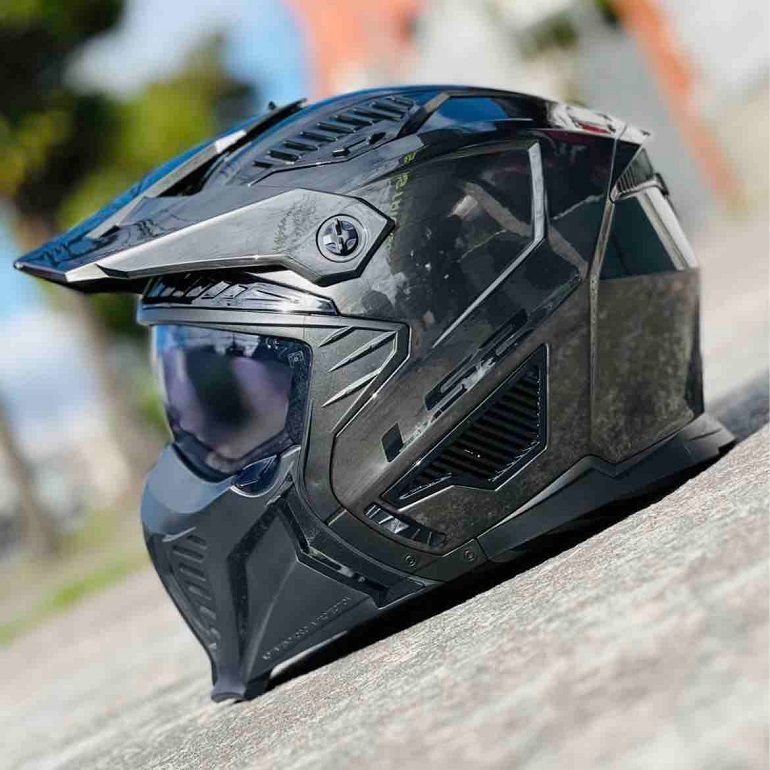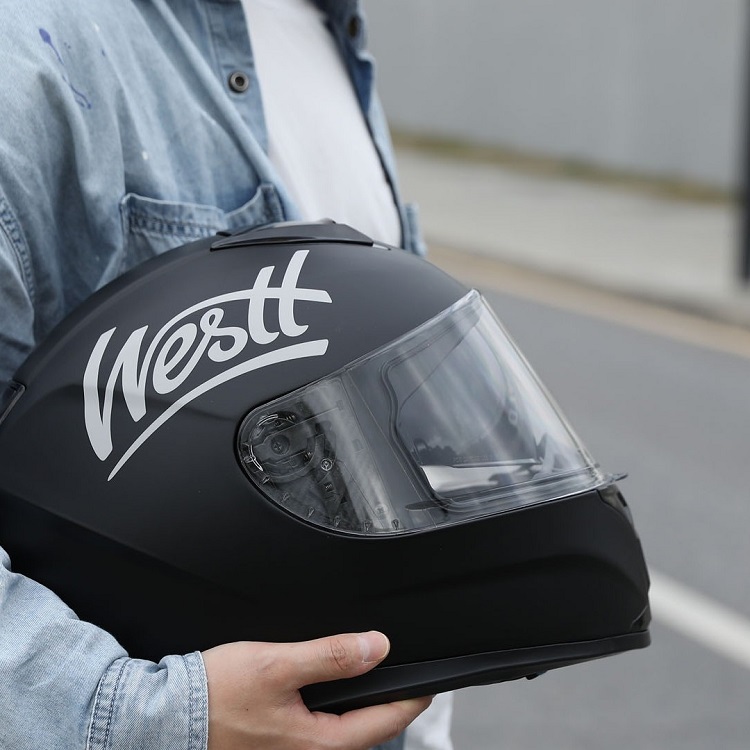Mar 5, 2025
How Do Motorcycle Engines Work: Powering Your Ride
The Basic Components of Motorcycle Engines
Understanding how motorcycle engines work begins with familiarizing yourself with their basic components. A motorcycle engine, much like most combustion engines, consists of several key parts that work together to power the ride. Here, we break down these essential components:
- Cylinder Head: This is the top part of the engine which houses the valves, spark plugs, and camshafts. It seals the top of the cylinders, forming the combustion chamber.
- Cylinder Block: Below the head, the cylinder block contains the cylinders and pistons. It’s the core of the engine where combustion takes place.
- Pistons: These move up and down within the cylinders. They compress the air-fuel mixture, facilitating the necessary conditions for ignition.
- Crankshaft: The pistons are connected to the crankshaft, which converts their up-and-down movement into rotational motion that ultimately turns the motorcycle’s wheels.
- Camshaft: This component controls the opening and closing of the valves. It ensures that the intake and exhaust valves operate in sync with the movement of the pistons.
- Valves: The intake valve allows the air-fuel mixture to enter the combustion chamber, while the exhaust valve lets out the spent gases after combustion.
- Spark Plugs: Spark plugs ignite the air-fuel mixture, starting the combustion process that provides power to the engine.
Each of these elements plays a vital role in how do motorcycle engines work. Without one, the entire system cannot function properly. In subsequent sections, we’ll delve deeper into the types of motorcycle engines and the four-stroke combustion cycle that most of these engines utilize to deliver power to the wheels.
Types of Motorcycle Engines
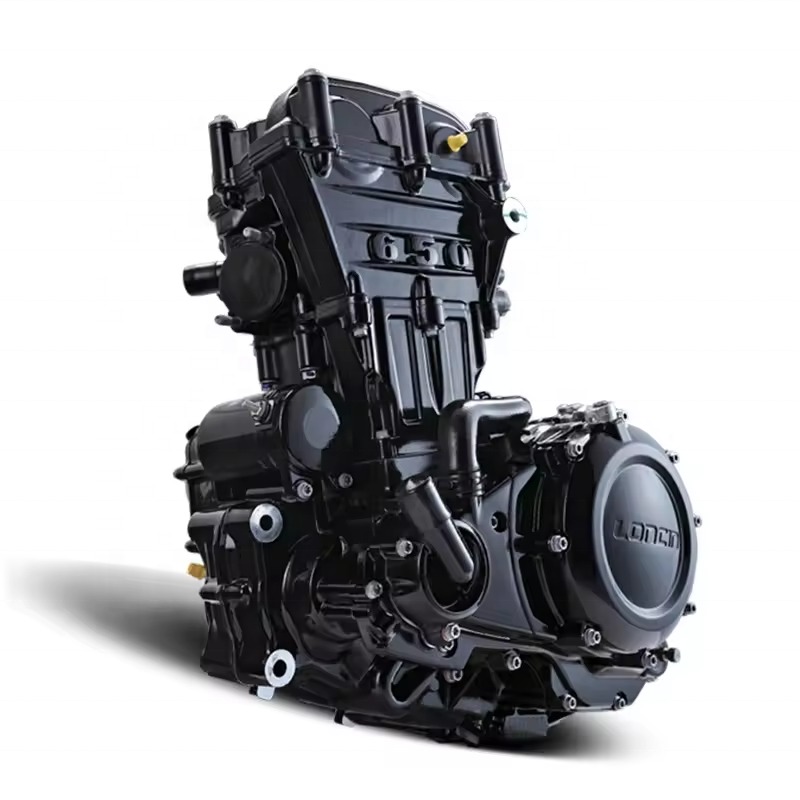
To understand how do motorcycle engines work, it’s crucial to recognize the different types that are commonly used in motorcycles. Each type of engine has a unique configuration that affects the bike’s performance, sound, and feel.
Single Cylinder Engines
Single cylinder engines are the simplest and most common engine type found in smaller motorcycles. Known for their straightforward design, they have one piston moving in a single cylinder. This setup makes them lightweight and compact, which is ideal for off-road bikes and lower-capacity street motorcycles. The simplicity leads to easier maintenance and improved fuel economy.
Parallel Twin Engines
Parallel twin engines feature two cylinders arranged side by side. This design is favored for its balance of power and efficiency. Motorcycles with parallel twin engines offer a smooth ride and are often found in middleweight bikes. They are known for producing a distinctive purr and can handle a variety of riding conditions.
V-Twin Engines
V-twin engines possess two cylinders that form a ‘V’ shape. This classical engine type is often associated with cruiser motorcycles. V-twin engines are admired for their torque and the deep rumbling sound they emit. They provide a powerful low-end torque which is excellent for relaxed cruising speeds.
Inline-Four Engines
Inline-four engines have four cylinders aligned in a straight row. This type of engine is common in sport and racing motorcycles due to their ability to produce high horsepower. Inline-four engines deliver smooth and high-revving power. They’re designed for enthusiasts who crave speed and high performance when riding.
Each engine type brings a distinct feel to the riding experience and impacts how motorcycle engines work. The right engine can make all the difference in your riding satisfaction and performance outcomes.
The Four-Stroke Combustion Cycle
To truly grasp how do motorcycle engines work, it’s necessary to understand the four-stroke combustion cycle. Most motorcycle engines operate on this cycle, involving four distinct piston movements (strokes) to complete one operating cycle, each with its critical function. Here’s a step-by-step look at each stroke:
Intake Stroke
During the intake stroke, the piston moves downward. This creates a vacuum that pulls the air-fuel mixture into the combustion chamber. The intake valve opens to allow this mixture to fill the space previously occupied by the piston.
Compression Stroke
Following the intake stroke, the piston moves back up, compressing the air-fuel mixture into a small space. This compression makes the mixture more volatile and ready for ignition. Both the intake and exhaust valves are closed to seal the chamber.
Power Stroke
Ignition happens here. The spark plug fires, igniting the compressed mixture. The explosion forces the piston downward, which is the actual power delivery to the crankshaft. This stroke provides the energy that propels your motorcycle forward.
Exhaust Stroke
Finally, the piston moves up once more, pushing the burnt gases from the combustion process out of the chamber through the open exhaust valve. This stroke clears the chamber for a new cycle to begin, finishing the four-stroke process.
Each of these strokes is integral to the operation of motorcycle engines, working in harmony to provide a smooth and efficient riding experience. The correct timing of these strokes is crucial for optimum engine performance and power output.
How Motorcycle Transmissions Work

Motorcycle transmissions ensure that the engine’s power efficiently turns the wheels. Like in cars, they allow riders to control the bike’s speed and torque. Through gear shifts, power delivery adapts to changing riding conditions. A few key components make this possible:
- Clutch: Disengages the engine from transmission to shift gears.
- Gears: Multiple gears of varying sizes regulate speed and power.
- Shift Mechanism: Riders use this to select the appropriate gear.
When you press the clutch lever, it disconnects the engine’s power from the transmission. This is essential for changing gears without damaging the engine. Once the clutch is engaged, riders select gears using the shift mechanism. Lower gears offer more torque for acceleration, while higher gears provide better fuel efficiency and speed.
Motorcycle transmissions work seamlessly when you properly coordinate the clutch and gear selector. Mastery of this coordination is pivotal for a smooth ride and engine longevity. Regular maintenance of the transmission system ensures your bike performs at its best on every ride.
The Role of the Cooling System
Motorcycle engines produce heat from burning fuel. The cooling system keeps the engine from overheating. It uses air or liquid to remove excess heat. The cooling system is vital for engine health and performance.
Air-Cooled Systems
Air-cooled systems rely on air flow over fins on the engine case. This design is simple and low maintenance. It is common in smaller and classic bikes. These systems are less effective in stop-and-go traffic.
Liquid-Cooled Systems
Liquid-cooled systems use a mix of water and antifreeze. The liquid absorbs heat from the engine. It then moves to a radiator where it releases heat. This system is more complex but offers better cooling efficiency. It works well for high-performance and larger bikes.
Engine Maintenance and Performance Tips
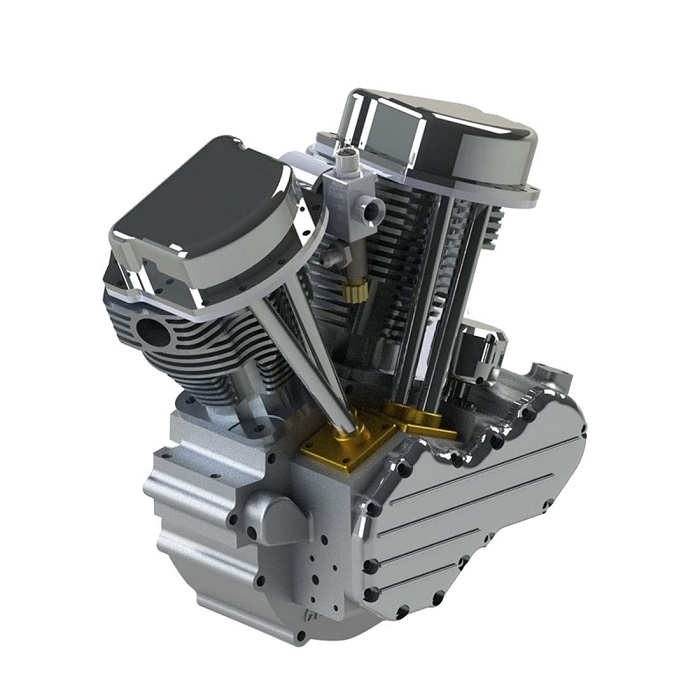
Maintaining your motorcycle’s engine is key for peak performance. Here are practical tips to keep your engine running smoothly.
- Regular Oil Changes: Change oil as recommended. Clean oil reduces wear on engine parts.
- Air Filter Maintenance: Inspect and replace air filters often. This ensures proper air flow and engine health.
- Coolant Checks: Check and replace coolant in liquid-cooled engines. Prevent engine overheating and damage.
- Chain Tension: For bikes with chain drives, maintain proper chain tension. It protects the engine from strain.
- Valve Adjustments: Ensure valves are properly adjusted. It secures engine timing and performance.
- Spark Plug Inspection: Check and change spark plugs when needed. Correct sparking is vital for engine power.
- Fuel Quality: Use high-quality fuel. It preserves engine condition and optimizes combustion.
Performing these steps can prolong your engine’s life and improve your motorcycle’s performance. Ignoring maintenance leads to reduced efficiency and potential engine failure. Regular checks help spot issues before they worsen. Learn how motorcycle engines work and care for your bike accordingly. Your motorcycle will thank you with a smooth and invigorating ride.
Advancements in Motorcycle Engine Technology
Motorcycle engines have evolved considerably over the years. Modern technology has led to engines that are more powerful, efficient, and reliable than ever before. Understanding these advancements can give riders insight into how do motorcycle engines work at their peak performance today. Here’s an overview of the latest developments in motorcycle engine technology:
- Fuel Injection Systems: Older motorcycles used carburetors to mix fuel and air, but modern engines use sophisticated fuel injection systems. These deliver the precise amount of fuel needed for efficient combustion.
- Electronic Control Units (ECUs): ECUs are like the brains of the engine. They manage fuel injection, ignition timing, and other critical engine functions to optimize performance and fuel economy.
- Variable Valve Timing (VVT): Some engines now incorporate VVT technology. This allows the timing of valve opening and closing to be adjusted on the fly, enhancing power and efficiency across different RPM ranges.
- Turbocharging and Supercharging: Forced induction, via turbochargers or superchargers, is becoming more common. This technology boosts engine power by pressurizing the air intake, allowing for smaller, more fuel-efficient engines with increased horsepower.
- Ride-by-Wire Throttle: Replacing the traditional cable throttle, ride-by-wire systems offer a more precise throttle response. They electronically control the throttle, improving riding dynamics.
These advancements represent just a few ways that modern motorcycles have improved upon the traditional engine designs. For riders, this means more power, better handling, and greater overall enjoyment on the road. Staying abreast of these technologies is crucial for anyone seeking to understand how do motorcycle engines work at their current best.
More Details